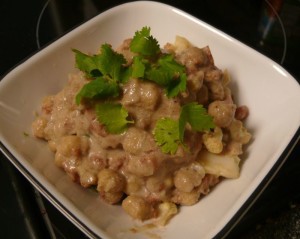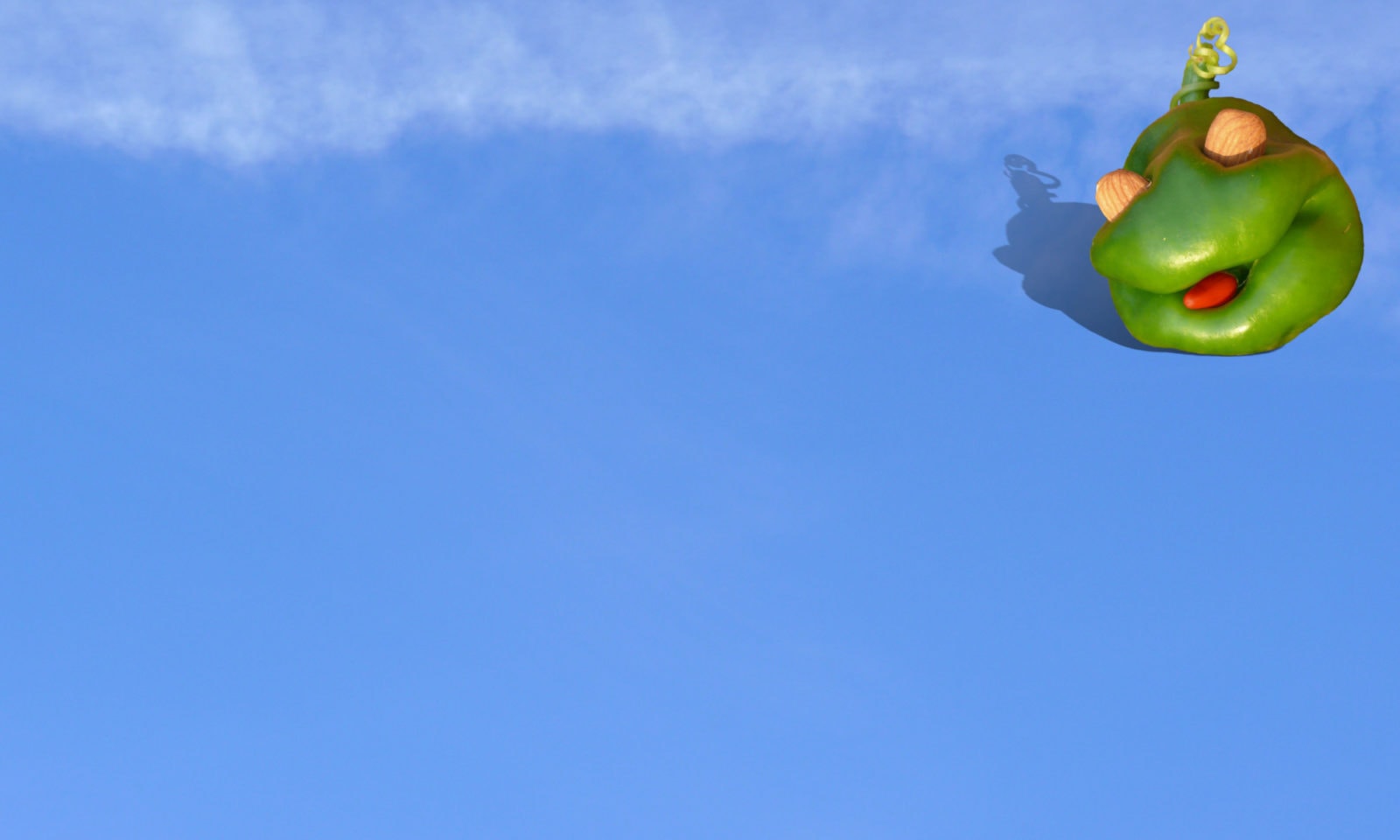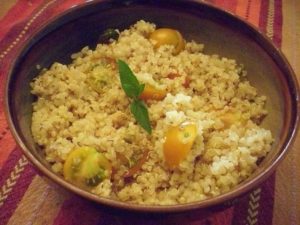A gluten-free diet takes a bit of juggling, but what if you are following a plant-based diet? It’s well established that there are health benefits to reducing the amount of meat in the diets of most Americans, and the lifestyle has appeal for some people based on ethical and/or environmental reasons. And, in the age of Corona virus with people getting sick in meat processing plants…well, there may be additional reasons. Fortunately, with extra planning, a well-rounded and delicious gluten-free vegetarian diet is possible.
The good news is that many vegetarian staples, like beans, lentils, tofu, dairy, nuts, seeds and eggs are already naturally gluten-free. And some of the best sources of vegetarian and vegan protein are gluten-free pseudo-grains, such as quinoa, buckwheat and amaranth. Also, grains, such as millet, teff and sorghum are very nutritious. In addition to protein and fiber, they all have other vital nutrients, like B vitamins, iron, calcium, magnesium, etc.
It’s vital for everyone with Celiac disease to get enough iron, calcium, Vitamin D, fiber and B vitamin (including B12), because these are often lacking due to damage from the disease process and eating patterns often seen in gluten-free diets. Pair that with a vegetarian diet, which can be lower in protein, iron, calcium, B12, omega fats, and Vitamin D, and it’s easy to miss out on necessary nutrients.

So what’s a vegetarian to do?
- Focus on typical vegetarian staples that are gluten-free, like beans, tofu, nuts and seeds, and, of course fruits and veggies and. If your diet includes dairy, eggs, fish, etc. these are very nutrient rich as well.
- Eat a good source of protein with each meal.
- Try quinoa, buckwheat, amaranth etc.
- Get your vitamin D, iron and B vitamin levels checked.
- Consider a vegan or vegetarian omega 3 supplement from algae if you don’t eat fish.
Sneaky gluten….
Several vegetarian staples have gluten. Make sure to watch out for these:
- Seitan: many meat analogs are 100% gluten.
- Tempeh: It’s made of soybeans, but wheat and other grains may also be ingredients
- Miso: while miso is often made of soy, barley may be an ingredient, and it may not be clearly marked. It may say “malt” or “malt flavoring”
- Falafel: These Middle Eastern fried or chickpea balls generally use wheat flour as a binder. Carefully check ingredients
- Veggie burgers & crumbles: many, though not all veggie burgers have wheat or barley as ingredients.
- Wheat by any other name: What’s in a name? Spelt, Kamut, orzo, couscous, freekeh, farina, semolina, matzo, tabbouleh and many more are all names for wheat
- Sprouted or sourdough bread: these are often touted as lower gluten alternatives, and some companies even go as far as to say they are suitable for people who are gluten sensitive. This isn’t a safe option. The only exception would be breads made with non-gluten containing grains.
- Anything made or prepared in a shared fryer or an environment where cross-contact, or cross-contamination is likely. This includes many shared bakeries.
- “Wheat free” is not the same as gluten-free! many products labeled “wheat free” may still legally contain barley or rye.
- Please note–there have been recent issues with gluten contamination of beans and lentils in processing. This remains an issue. Do check your lentils carefully, and purchase consciously.
Happy eating!
Harris Whole Health offers individual sessions, currently only virtually! Cheryl works with people to feel and look their best with a range of specialties, including Celiac Disease, IBS, IBD and a range of tummy troubles. Let’s get you on your way to achieving your goals. For an appointment with Cheryl Harris, Registered Dietitian and Nutritionist, please click here, email or call 571-271-8742.

